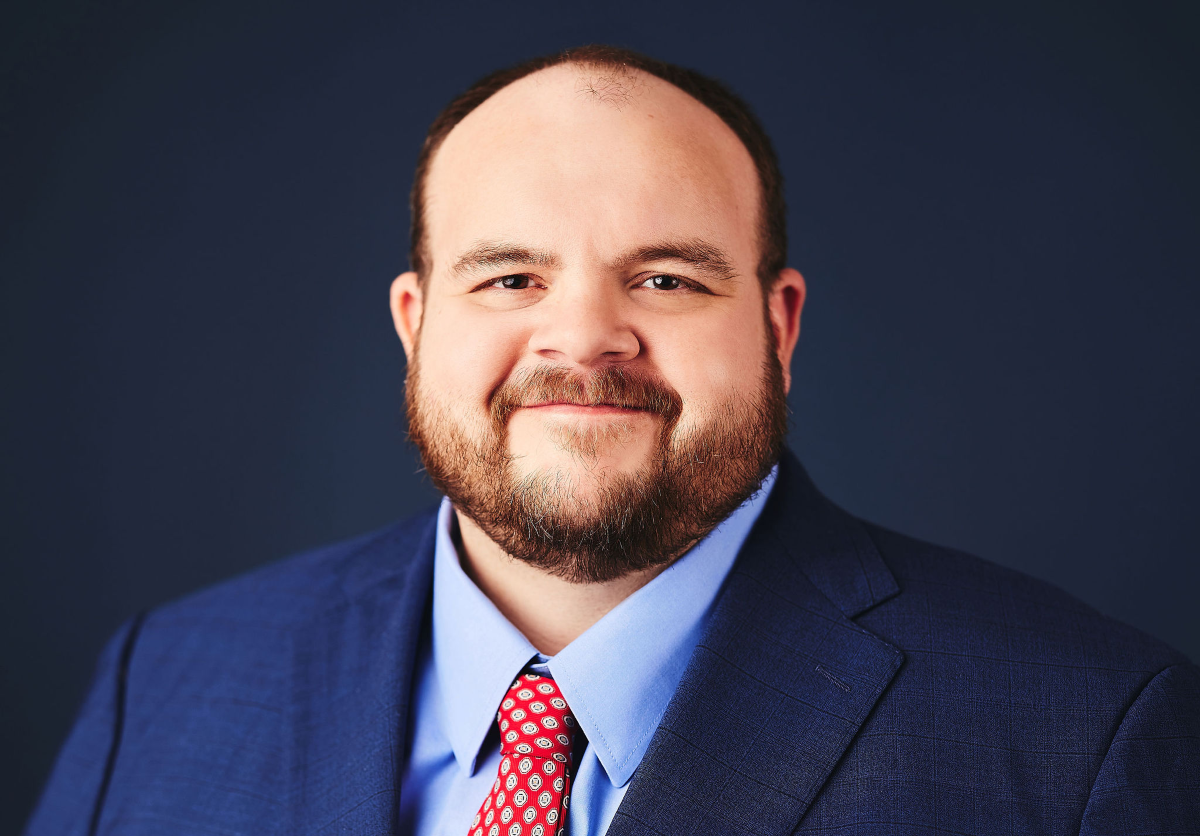The First Session of the National Insurance Convention was held in New York City in 1871. The Convention led to what is now known as the National Association of Insurance Commissioners. The Convention President George W. Miller noted the sustainability issues of numerous insurance companies, including fire insurance companies. While calling for the Convention to first focus on the life insurance industry, he noted the root causes of failure by insurance companies:
The principal causes of the numerous failures seem to have been:
1. The too great facilities afforded for organizing companies.
2. Fraudulent designs in their inception.
3. Incompetence, extravagance and dishonesty in their management.
4. Lastly and mainly, the want of any proper governmental check or supervision to either prevent or suppress the above named evils.
This seems like the exact problem in Florida’s insurance marketplace. The word “proper” government check or supervision cannot be overemphasized when considering Florida’s ineffective government leadership at the highest levels of public insurance oversight. The insurance companies who are supposed to be governed are dictating the governmental policies, laws, and regulations. This often comes from skilled lobbyists who write the very laws and regulations to promote their agenda. The results speak for itself.
Florida’s biggest risk of loss is from hurricanes. In 1871, the major risk of loss in major American cities, such as New York, was uncontrolled urban fires. A fire could destroy major portions of a city. The Convention proceedings noted that even titans of the industry could fail from such a catastrophe. As a result, many insurance company investors were not inclined to insure the risk of fire:
Of all the fire companies organized in New York, or other states, the one called the ‘Globe,’ with a capital of one million, was in its day and generation, the monarch. Comparing the then magnitude of this city, and the general wealth of the country with what these are now than Globe, with its one million dollars, was a greater affair, relatively, than any of the prosperous corporations whose business palaces line Broadway. The great fire of 1835 which destroyed between six and seven Hundred buildings in the first ward of this city, valued, with the property they contained, at twenty millions of dollars, buried that company, together with nearly all the insurance capital in this state, and during the years which elapsed between that calamity and the fire of July 19, 1845, but little disposition was shown to invest money when it could so easily take wings and fly in a night.
Today, many insurers avoid high-risk hurricane states and areas where wildfire may occur.
One obvious lesson is that insurers will consider insuring in areas where the individual policyholders and the community help mitigate and prevent losses from occurring. A current example of one state trying this approach is California. An article published by the Actuarial Review, Mitigation That Matters: A Wildfire Case Study, noted how California is attempting to engage insurers, communities, and policyholders in mitigating the wildfire risk:
The California Department of Insurance issued a new regulation, effective October 14, 2022, requiring all insurance companies to file homeowners rating factors for wildfire mitigation credits by April 2023. The new California Code of Regulations 2644.9 mandates rating factors for both individual property-level and community-level mitigation. While the wildfire risk is increasing statewide, many details must be navigated for every California homeowners insurance writer to develop actuarially sound wildfire mitigation credits and incorporate them into an actuarially sound rating plan for overall rate adequacy.
The article noted how actuaries and the industry are trying to suggest how credits can be determined for policyholders and communities to engage in behavior that reduces wildfire risk:
The Insurance Institute for Business and Home Safety (IBHS) created the Wildfire Prepared Home program to provide standards for how to reduce the fire risk of individual homes. Their standards contain two key components:
defensible space — reducing the fire risk in zones around the home.
home hardening — reducing the fire risk of the home (e.g., roofs, siding, windows).
IBHS has created comparable community mitigation standards, as have the National Fire Protection Association (NFPA) through its Firewise USA program and the Federal Emergency Management Agency (FEMA) through its Shelter-in-Place recommendations.
This new Milliman and CoreLogic paper includes case studies of individual home and community mitigation credits. They outline the process and the math for an illustrative book of business in the California communities of Orinda and Moraga using generalized linear models applied to the output from CoreLogic’s RQE Wildland Fire model. Their first case study estimated individual home wildfire mitigation credits. They intensely tested myriad combinations of roofing and zone clearance options around the home. Key findings include:
Roof replacements provide the greatest mitigation benefit, but because they are the most expensive method, they are the least frequently used.
If a roof cannot be replaced, maintaining clearance zones is the next most impactful action.
Clearing an area of 30-100 feet from the home of combustible material creates the most effective buffer zone, followed by a zone zero to five feet adjacent to the home.
The problem is not new—insurance industry regulators were talking about similar problems 150 years ago. Finding “proper” oversight for a solution is still a problem. California seems to be working towards a collaborative effort with honest actuarial findings, which is very different from the Florida landscape, where past governmental leaders and the insurance industry lobbyists make up false numbers and agendas to fit their narrative. “Proper” oversight is the key consideration, which is hard to do when the regulated are doing the regulating.
A huge shout-out is deserved to Amy Bach of United Policyholders. Amy and the staff and volunteers of United Policyholders always seem to be in the discussion of these efforts to find a collaborative approach for the day-to-day issues facing policyholders. Without affordable insurance and knowledgeable insurance regulators making laws and regulations based on lessons of history and for the protection of policyholders, my advocacy and ability to fully help policyholders is significantly diminished. United Policyholders is the only insurance consumer organization that stands up and supports the policyholder on an ongoing basis at NAIC proceedings. United Policyholders reminds regulators of the lessons insurance history teaches and is an opponent to the very well-heeled insurance industry lobby. United Policyholders helps make “proper” government oversight happen.
Merlin Law Group supports United Policyholders with our time and money because it supports those who are, and will be, our clients. We suggest that others in the business of helping policyholders, and especially the public adjuster community, do the same.
Thought For The Day
History, despite its wrenching pain, cannot be unlived, but if faced with courage, need not be lived again.
—Maya Angelou




